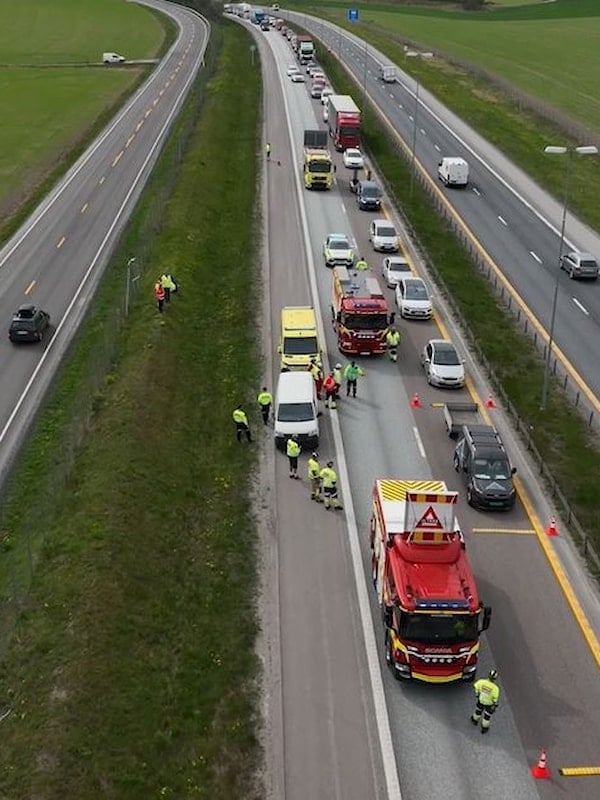DSB has been working on planning a new emergency communication network for several years. In 2020, DSB submitted a concept evaluation report to the Ministry of Justice and Public Security (JD), outlining alternative solutions to meet society’s future needs for emergency and preparedness communication.
The concept selection was made in 2023, and DSB was tasked by the Ministry of Justice and Public Security with planning a future-oriented solution for communication and information sharing. This solution must be robust, secure, and offer good coverage and capacity.
Preliminary project for a new emergency communication network
In 2024, the preliminary project has further developed and detailed the concept chosen by the government. A central steering document is being prepared to provide a sufficient basis for assessing project risks, recommending a cost framework, and setting guidelines for project management during the implementation phase. The preliminary project follows the Norwegian state project model.
This phase includes descriptions of the solution, implementation strategies, prerequisites and drivers for user transition, financing models, contract strategies, and service offerings.
The preliminary project is conducted in collaboration with the professional directorates of the emergency services, their operational and competence environments, the Norwegian Communications Authority (Nkom), equivalent projects in other countries, and other relevant stakeholders. Both user involvement and market dialogue have been crucial for effective execution.
Key activities in 2025
In spring 2025, the primary activity towards a new emergency communication network will be an external quality assurance of the recommendations in the steering document.
Additionally, DSB will work on preparing procurements. This involves developing technical specifications based on the experience and knowledge gained during the preliminary project. User organizations will be involved to ensure that the correct needs are identified as the basis for these specifications.
The goal is to secure a parliamentary decision in 2025 regarding funding and the initiation of an implementation project in 2026.
Transitioning all users to the new network
All current users of Nødnett will transition to the new emergency communication network. Today, there are approximately 150,000 end users in Nødnett. The blue-light services—police, healthcare, and fire and rescue—make up around 75 % of users. Other user groups include volunteer rescue organizations, customs authorities, power companies, and various smaller actors with emergency responsibilities. In total, about 1,000 different user organizations use Nødnett.
During the transition to the new solution, current Nødnett users will be prioritized, but arrangements will be made to include additional relevant user groups over time.
Transferring users is a complex task that requires sufficient time. In the preliminary project, a geographically phased transition has been identified as a practical approach. This transition could follow the division of one or more police districts at a time.
Maintaining interagency cooperation is crucial, and it should be considered whether user groups that cooperate closely should transition simultaneously. User groups with minimal interaction could transition nationally, regionally, or per organization.
Training will be conducted before the transition and will primarily be digital.
In accordance with the directive from the Ministry of Justice and Public Security, the goal is to transition all current Nødnett users to the new emergency communication network by 2031.
User involvement
The transition to a new emergency communication network is a major task. It is essential for DSB to involve current Nødnett users in the planning of the new system. Together, we must design and plan solutions that are interoperable. This is critical for maintaining and further developing collaboration benefits and the impact of Nødnett.
In 2025, DSB will focus on procurement preparation. This involves developing technical specifications based on all the experience and knowledge gained from the preliminary project. User organizations will be involved to ensure that the correct needs are identified for the specifications.
Nordic cooperation on cross-border communication
Norway, Sweden, and Finland have interconnected their respective TETRA-based emergency communication networks. This allows emergency responders in these countries to communicate across borders and assist in neighboring countries. Cross-border cooperation is facilitated through shared Nordic talk groups and procedures.
Cross-border emergency communication is highly valued by users. DSB, together with Sweden’s MSB and Finland’s Erillisverkot, is committed to providing cross-border communication services in the new networks currently being planned.
